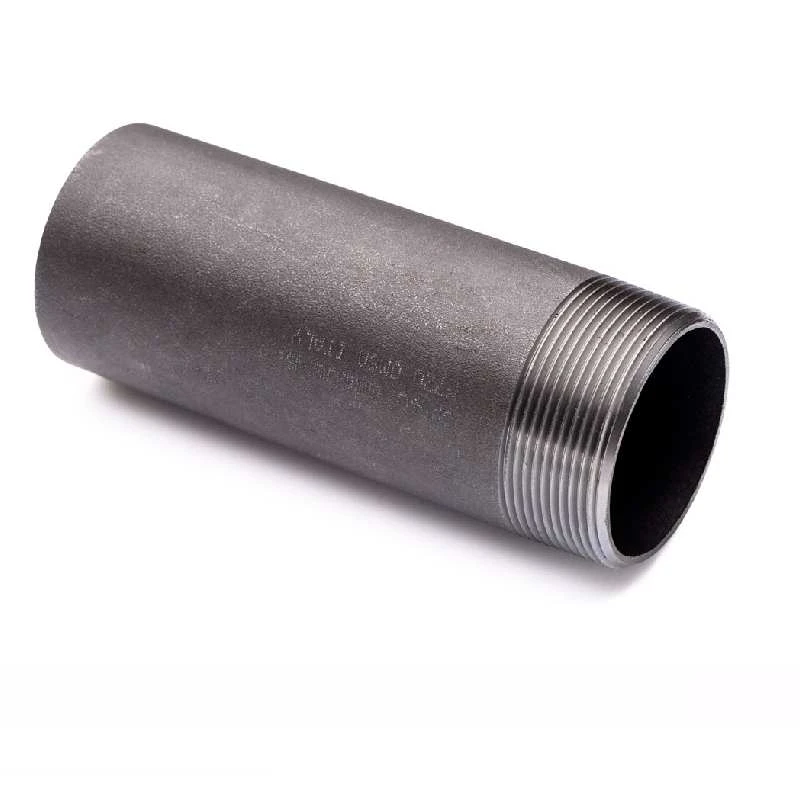-
Cangzhou Yulong Steel Co., Ltd.
-
Phone:
+86 13303177267 -
Email:
admin@ylsteelfittings.com
- English
- Arabic
- Italian
- Spanish
- Portuguese
- German
- kazakh
- Persian
- Greek
- French
- Russian
- Polish
- Thai
- Indonesian
- Vietnamese
- Zulu
- Korean
- Uzbek
- Hindi
- Serbian
- Malay
- Ukrainian
- Gujarati
- Haitian Creole
- hausa
- hawaiian
- Hebrew
- Miao
- Hungarian
- Icelandic
- igbo
- irish
- Japanese
- Javanese
- Kannada
- Khmer
- Rwandese
- Afrikaans
- Albanian
- Amharic
- Armenian
- Azerbaijani
- Basque
- Belarusian
- Bengali
- Bosnian
- Bulgarian
- Catalan
- Cebuano
- China
- China (Taiwan)
- Corsican
- Croatian
- Czech
- Danish
- Esperanto
- Estonian
- Finnish
- Frisian
- Galician
- Georgian
- Kurdish
- Kyrgyz
- Lao
- Latin
- Latvian
- Lithuanian
- Luxembourgish
- Macedonian
- Malgashi
- Malayalam
- Maltese
- Maori
- Marathi
- Mongolian
- Myanmar
- Nepali
- Norwegian
- Norwegian
- Occitan
- Pashto
- Dutch
- Punjabi
- Romanian
- Samoan
- Scottish Gaelic
- Sesotho
- Shona
- Sindhi
- Sinhala
- Slovak
- Slovenian
- Somali
- Sundanese
- Swahili
- Swedish
- Tagalog
- Tajik
- Tamil
- Tatar
- Telugu
- Turkish
- Turkmen
- Urdu
- Uighur
- Welsh
- Bantu
- Yiddish
- Yoruba

Oct . 11, 2024 22:32 Back to list
a333 astm
Understanding A333 ASTM A Comprehensive Overview
The ASTM A333 specification is a crucial standard that outlines the requirements for seamless and welded steel pipe intended for low-temperature service. Developed by the ASTM International, this specification plays a vital role in ensuring the safety, quality, and reliability of pipes used in various industries, particularly those operating in harsh environments.
Key Characteristics
The primary focus of ASTM A333 is to set forth the specifications for carbon and alloy steel pipe intended for use at temperatures as low as -50°F (-45°C). Pipes manufactured under this standard are typically used in the oil and gas industry, chemical processing plants, and power generation facilities, where the integrity of piping systems can be compromised by extreme temperatures.
One of the critical aspects of the ASTM A333 standard is its classification based on different grades. The most common grades include A333 Grade 1, Grade 3, Grade 4, Grade 6, Grade 8, and Grade 9, each designed for specific applications and temperatures. The chemical composition, mechanical properties, and impact test requirements vary based on the grade, allowing engineers to select the most suitable pipe for their needs.
Manufacturing Process
Pipes manufactured to ASTM A333 are produced using seamless or welded techniques. The seamless manufacturing process is often preferred for low-temperature applications, as it results in pipes with better structural integrity and resistance to stress concentrations. However, welded pipes can also meet the standard, provided they adhere to the rigorous testing and quality assurance procedures outlined in the specification.
a333 astm

Testing and Certification
To ensure compliance with ASTM A333, all pipes must undergo a series of tests, including mechanical testing, impact testing, and non-destructive testing. These tests assess the material's toughness, strength, and overall durability under extreme conditions. Additionally, manufacturers are required to provide certification verifying that the pipes meet the specified criteria.
Importance in Industry
The ASTM A333 standard is vital for maintaining safety standards in industries where low-temperature conditions are prevalent. By adhering to this specification, companies can ensure that their piping systems will perform reliably, minimizing the risk of failures that could lead to catastrophic accidents, costly repairs, or environmental hazards.
Conclusion
In conclusion, ASTM A333 is a fundamental specification for low-temperature piping applications. Its comprehensive requirements for material composition, manufacturing processes, and testing ensure that pipes can withstand the rigors of low temperatures. By understanding and implementing the ASTM A333 standards, industries can significantly enhance the integrity and safety of their operations, ultimately contributing to better performance and reliability in the field. As technology advances, ongoing revisions and updates to the ASTM A333 standard are likely to further enhance its applicability in an ever-evolving industrial landscape.
Latest news
-
ANSI 150P SS304 SO FLANGE
NewsFeb.14,2025
-
ASTM A333GR6 STEEL PIPE
NewsJan.20,2025
-
ANSI B16.5 WELDING NECK FLANGE
NewsJan.15,2026
-
ANSI B16.5 SLIP-ON FLANGE
NewsApr.19,2024
-
SABS 1123 FLANGE
NewsJan.15,2025
-
DIN86044 PLATE FLANGE
NewsApr.19,2024
-
DIN2527 BLIND FLANGE
NewsApr.12,2024
-
JIS B2311 Butt-Welding Fittings LR/SR 45°/90° /180°Seamless/Weld
NewsApr.23,2024











